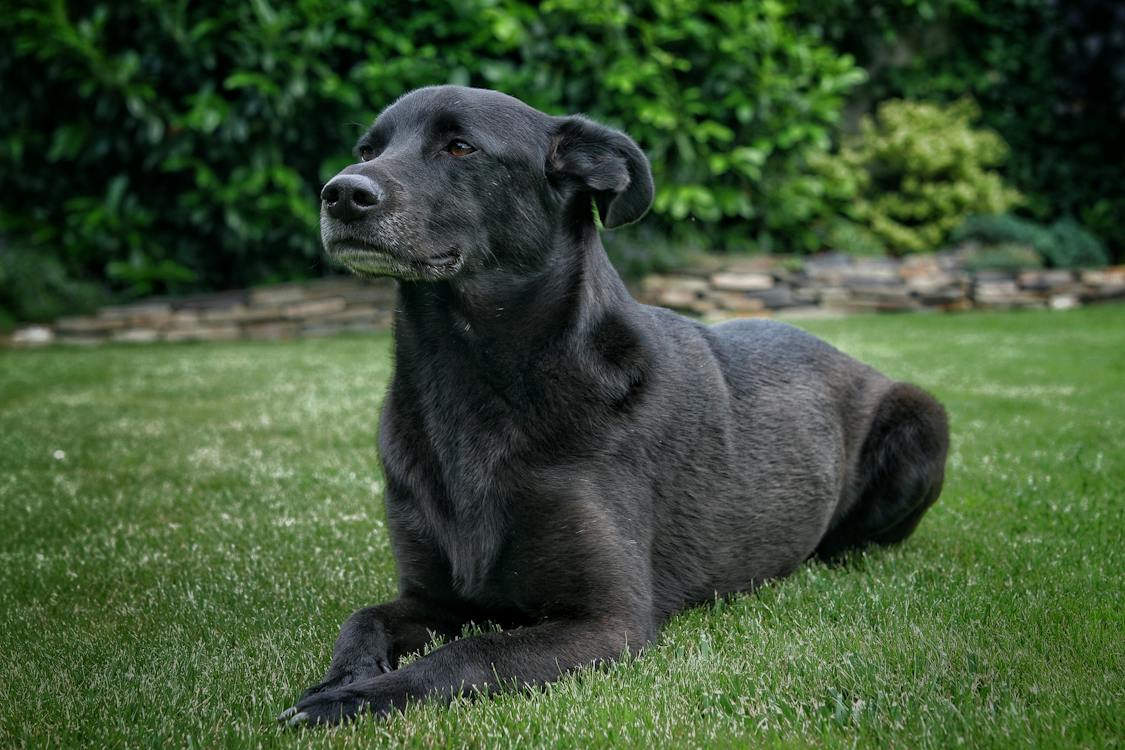An ancient breed that was revered by royalty during the Middle Ages, the Transylvanian Hound evolved to a tough, enduring, adaptable, courageous canine. While he relishes human attention, he doesn’t need it around the clock, preferring some time for himself. Rest assured that outside his independent streak, he’s fresh in spirit, warm-natured, full of energy and affection, making him the incredible family pet he is today.
Origins of the Transylvanian Hound
The Transylvanian Hound, or called the Erdélyi Kopó in the native language, is an old canine breed that is believed to have developed from the Asian Hounds owned by Hungarian Magyar tribes that moved to Transylvania, Romania during the 9th century. These dogs were then bred with another scent hound, the Celtic Hounds. The resulting canine peaked during the Middle Ages, becoming a popular dog among the aristocrats and was used for hunting in the Carpathian Mountains.
Due to varying terrains in the region, two types of Erdélyi Kopó were produced. First, the long-legged version used for bigger games, like buffaloes, bison, boar, lynxes, and bears. The short-legged counterpart specialized in hunting smaller creatures, such as foxes, chamois, and hares.
As Transylvania shifted its focus to agriculture than hunting, both varieties were put in the brink of extinction at the start of the 20th century. Fortunately, determined efforts to preserve the breed started in 1968. However, only the long-legged Transylvanian Hound is now found in Hungary and Romania, while the short-legged variety is now extinct.
In 2006, the Transylvanian Hound was officially recognized by the United Kennel Club. The American Kennel hasn’t granted full recognition to the breed yet but accepted it under its Foundation Stock Service program in February 2015.
Characteristics of the Transylvanian Hound
Height: 22-26 inches
Weight: At least 55 pounds
Life Expectancy: 10-14 years
Hypoallergenic: No
As a breed that thrived in harsh terrains, climates, and hunting conditions, the Transylvanian Hounds appearance reflects consonance and regality. He is a medium-sized dog, with a muscular yet lean body, allowing him to move with grace. Meanwhile, his nose black with wide nostrils supports his great scenting ability.
On the other hand, his dark brown, almond-shaped eyes, provides him with his keen yet gentle expression. The curve-ended ears are long but not overly and lie close to his face. Then, often mistaken for a Rottweiler, he sports the same coat coloring of the said breed. He has a double coat, straight and coarse, and fits closely to his body.
In terms of his character, the Transylvanian Hound is an even-tempered, highly adaptable yet firm breed. Nevertheless, he has a playful side, and an active streak, making him an ideal family favorite for those that can match his vigor and exercise needs. In return, they will earn his loyalty and be their excellent guard dog, given intense loyalty and bravery.
However, what any owner should watch out for in this breed is his desire for independence. Whilst he can be loving to his family, he prefers to have some time for himself, unlike most other dog breeds that thrive in full constant attention. He relishes his freedom, and with his strong nose, it’s no surprise to see him leaving on his own to follow the scent that caught his attention. Adding his high curiosity, he can travel miles to haunt any new discovery.
With that, training is crucial to unleashing their potential as a family companion. Fortunately, it won’t be an issue as this breed is brilliant and is easily trained. If handled properly, he will be a good-natured, devoted, active canine friend, that won’t be too demanding and won’t need to be beside you every second of the day.
Caring for the Transylvanian Hound
The Transylvanian Hound is an energetic breed that will need high-quality dog food fit to his age, needs, size, or any health concern. As with any other breeds, it is vital to ensure that he receives the right amount of food for his proper nutrition. Consulting your veterinarian can help devise a diet plan appropriate for your dog.
Fortunately, the Transylvanian Hound is a very hardy breed. Aside from hip and elbow dysplasia that commonly affects other canines, there aren’t significant health issues to worry about. To continue keeping him healthy, make sure that he gets plenty of exercise and stimulation each day, such as an hour of walk each day or running off-lead in a well-fenced yard.
Training can be a bit difficult, given this breed’s independent streak. Though he is easy to train due to his high intelligence, it doesn’t mean that he will always oblige. With that, you need a healthy blend of firm approach and positive reinforcement to make use of his smarts.
In terms of his grooming upkeeps, brush his teeth regularly using vet-approved toothpaste and toothbrush to boost his overall dental health. Then, trim nails every couple of weeks to keep it neat and avoid tears and cracks. Check the ears weekly and clean any dirt or debris to avoid inflammation and infection.
The Transylvanian Hound’s short coat requires minimal care. Weekly brushing using a slicker brush or grooming mitt is enough to remove loose or dead hairs. While he does shed twice a year, it is only for short periods. You may need to bathe him during the heavy-shedding time to speed up the shedding process. Aside from those seasons, he is relatively easy to care for, and overall, it’s easy to maintain his noble appearance.

